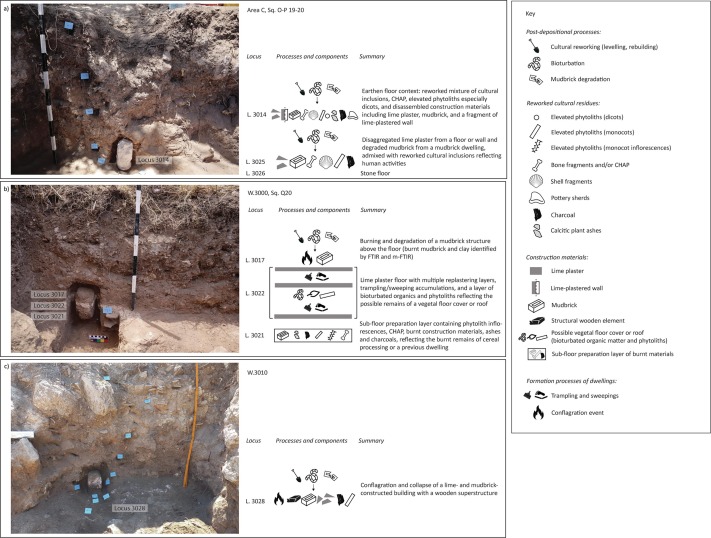A new publication titled “Identifying construction technologies and environmental connections at the Iron Age IIA settlement of Kh. es-Suwweida, Israel: A microarchaeological study” and authored by E. Grono, M. Edrey, B. Morstadt, P. Bampton, R. Zuckerman-Cooper, G. Bermatov Paz, D. Langgut, and D.E. Friesem, was just published in the Journal of Archaeological Science: Reports!
The first season of excavations at Kh. es-Suwweida in northern Israel revealed strata from the late Iron Age IIA consisting of a series of massive fortification walls, rooms and internal compartments with potential floors. A microarchaeological investigation was undertaken to add high-resolution contextual and compositional data to the field evidence and characterize site formation processes, construction materials and technologies, and use of environmental resources. We applied a micro-archaeological approach to study sediments and archaeological materials via micromorphology, Fourier-transform infrared (FTIR) spectroscopy and micro-spectroscopy, and phytolith and pollen analysis. Two main construction technologies were identified: lime plasters produced from mixtures of pyrogenic lime and non-pyrogenic crushed chalk, and mudbricks prepared from sedimentary materials. An in situ lime constructed floor with multiple re-plastering and activity zones associated with the remains of a degraded mudbrick structure was reconstructed in one locality, and a collapsed burnt lime and mudbrick building with a wooden superstructure was reconstructed in another locality. The micro-archaeobotanical analyses identify domesticated barley, the cultural utilisation of grasses on-site, and a hinterland vegetation of open fields. The combined microarchaeological evidence enables a more detailed reconstruction of the variability in construction technologies and the sequence of collapse and degradation processes in an Iron Age settlement.
Read the full text here.


